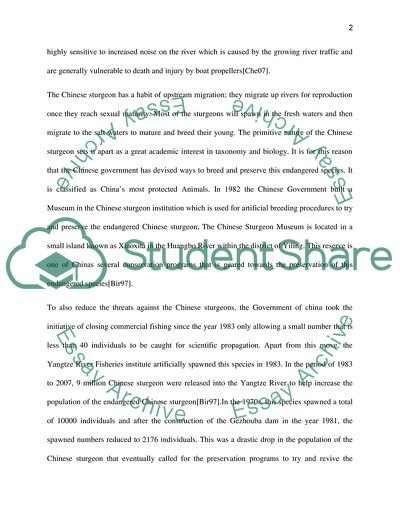Cite this document
(“The extinction of Chinese Sturgeons Research Paper”, n.d.)
The extinction of Chinese Sturgeons Research Paper. Retrieved from https://studentshare.org/environmental-studies/1689882-the-extinction-of-chinese-sturgeons
The extinction of Chinese Sturgeons Research Paper. Retrieved from https://studentshare.org/environmental-studies/1689882-the-extinction-of-chinese-sturgeons
(The Extinction of Chinese Sturgeons Research Paper)
The Extinction of Chinese Sturgeons Research Paper. https://studentshare.org/environmental-studies/1689882-the-extinction-of-chinese-sturgeons.
The Extinction of Chinese Sturgeons Research Paper. https://studentshare.org/environmental-studies/1689882-the-extinction-of-chinese-sturgeons.
“The Extinction of Chinese Sturgeons Research Paper”, n.d. https://studentshare.org/environmental-studies/1689882-the-extinction-of-chinese-sturgeons.


